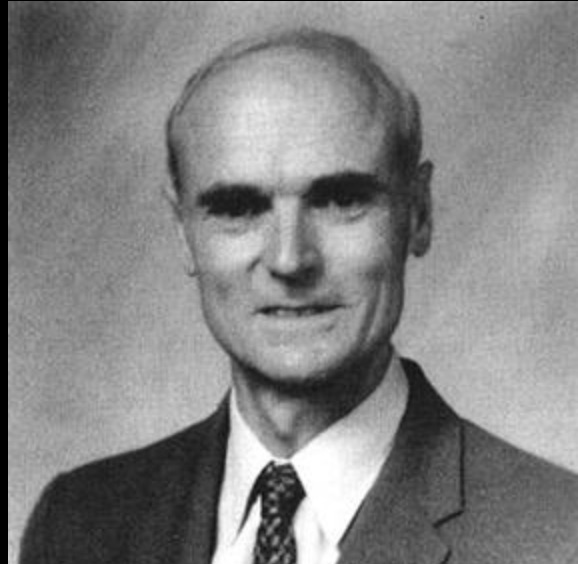
There are to my knowledge, no recent studies of the IQs of the top scientists or intellectuals, because most scientists have not made public their IQ scores, that may have been taken when they were in school. A relatively small number of IQs of scientists and intellectuals in other areas are available. (For example, Richard Feynman’s IQ of 125, was recorded when he was in middle school, although most scientists believe his IQ was probably much greater, based on his achievements.) Most scientists during their adult years have no need to submit to IQ tests, because they know from their scholastic achievement that they have cognitive assets that place them significantly above average and judge their abilities relative to their associates in their field.
Consequently, we have to infer the IQ’s of people from other data such as their SAT scores and their scholastic and professional achievements that are strongly or moderately correlated to IQ. In 2005, Professor Larry Summers, President of Harvard University, stated, “The physicists in the top 25 universities in the US are probably 3.5 standard deviations above the mean IQ.” This equates to an IQ of 100 + 3.5 x 15 or 152.5.
In 2006, psychologist Dean Simonton did a histiometric study of the intelligence of each of the presidents of the United States in an attempt to estimate their IQ’s based on their personalities and achievements. From this study, he inferred that most of the US Presidents had an IQ of at least 130.
Since the development of IQ tests in the early 20th century, we’ve discovered a strong correlation between IQ and academic achievement (as measured by instruments such as SAT and ACT scores). In his book Outliers, Malcolm Gladwell asserts that almost all Nobel laureates have an IQ above 130.
While a high IQ is one measure of the likelihood that someone will become a top scientist or intellectual, IQ tests do not measure cognitive abilities such as creativity, long-term problem solving ability or multi-dimensional thinking. The greatest scientific minds ruminate over problems for a long period of time, incubating ideas in their subconscious, and the greatest mathematical minds engage in deep problem solving by prolonged and unrelenting reflection. Poincaré, Coxeter, and Perelman lived in spaces of more than 3 dimensions and “saw” relationships that were inaccessible by direct observation. They walked, strolled, and sat transfixed as they explored realms outside their present location, exuding all the characteristics of the preoccupied, “absent-minded professor.”
H. S. M. Coxeter, who has been called the “greatest classical geometer of the 20th century”, described how he discovered the snub cube, a 4-dimensional figure having 96 vertices, 432 edges, and 480 triangular faces:
I had long been trying to extend to four dimensions the familiar construction for the snub cube…The snag was that, since the number of “nearest other white tetrahedra” was nine, the equality of their distances would impose eight conditions on the point to be selected: five more conditions than such a point could generally be expected to satisfy.
So, I went to bed and soon slept soundly. About 3 a.m. I awoke with the idea of using a symmetrical “isosceles” tetrahedron; … I could thus choose a point on the axis of symmetry and adjust its height so as to equate the distances of the two types of neighbouring point. I switched on the light and went into my living room to write it down, lest I might find the next morning that it had passed away like any ordinary dream. When morning came, there it was, ready for all the details to be filled in.
This sudden appearance of solutions from the denizens of the hidden unconscious has also been reported in many fields other than mathematics. Jonas Salk, who developed the polio vaccine wrote:
It is always with excitement that I wake up in the morning wondering what my intuition will toss up to me, like gifts from the sea. I work with it and rely on it. It’s my partner.
While these dimensions of intelligence are correlated to IQ, there is a component that is not measurable by one or more IQ tests.
